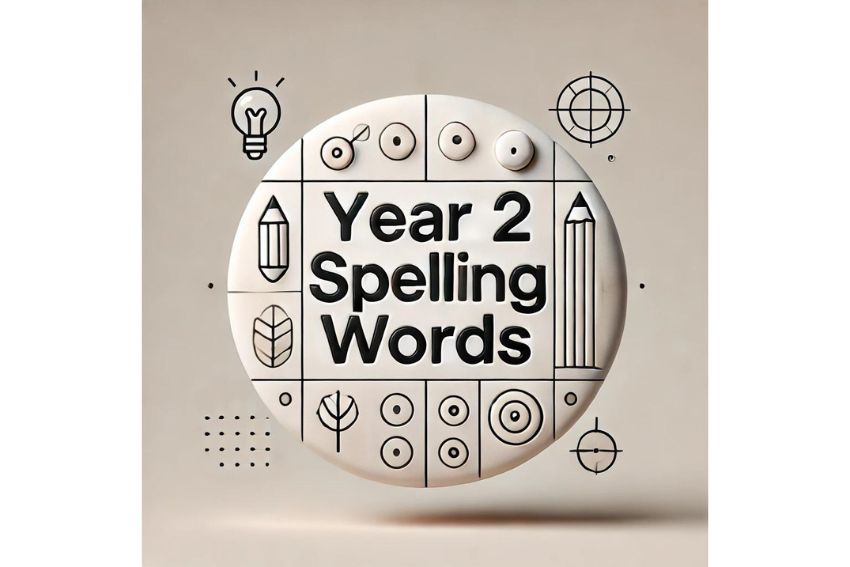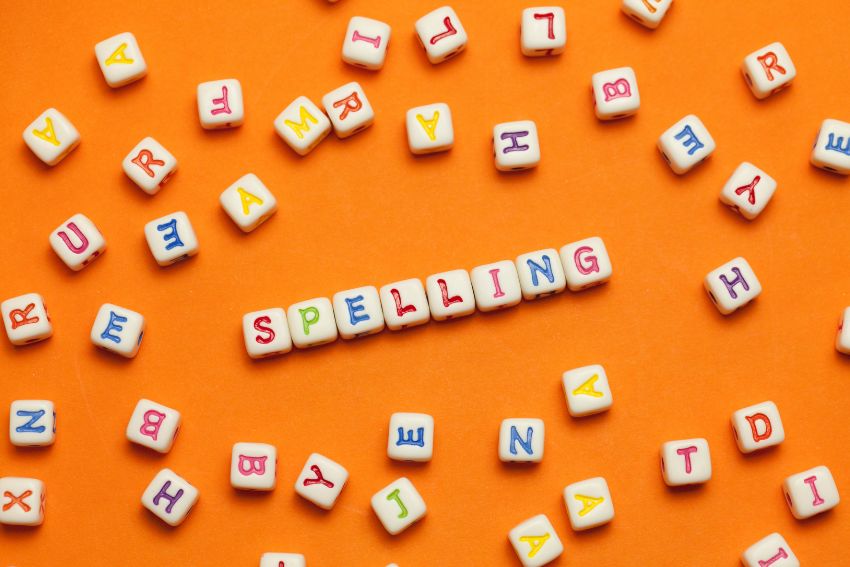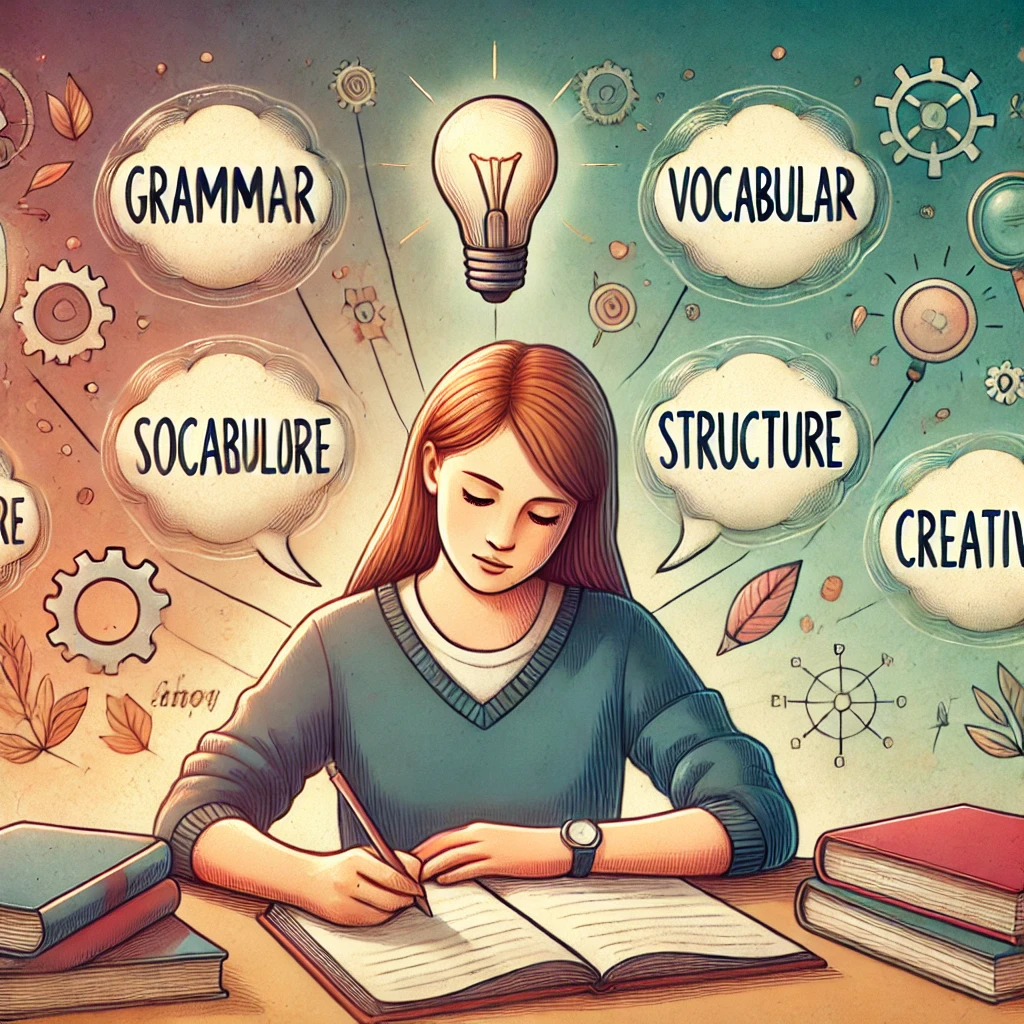In Year 2, children move beyond basic phonics and begin learning more complex spelling rules and patterns. This is a critical stage, where mastering these spelling rules supports their reading and writing abilities. Below are the key elements of Year 2 spelling, along with tips for helping your child practise at home. National curriculum from gov.uk

The Importance of Year 2 Spelling Mastery
Year 2 marks a pivotal stage in spelling development as children progress from basic phonics to understanding more complex patterns and rules. Consequently, by the end of Year 2, children are expected to spell words that follow regular phonetic rules as well as handle more tricky, irregular words that require memorisation. Ultimately, mastery at this level supports both reading fluency and writing coherence.
| after | child | eye | kind | only | should | young | pretty | mouth | does |
| again | children | fast | last | paper | sugar | any | something | said | draw |
| animal | Christmas | father | laugh | parents | sure | again | thing | friends | first |
| around | class | floor | many | path | talk | both | where | never | girl |
| beautiful | climb | friend | mind | people | through | could | work | always | house |
| because | cold | great | money | plant | told | find | your | baby | large |
| behind | could | half | most | poor | water | knew | eyes | before | leave |
| both | door | hold | move | pretty | who | laugh | fingers | better | near |
| break | even | improve | next | prove | whole | little | hands | bring | paper |
| busy | every | everybody | old | school | would | once | laugh | chair | right |
Phonics in Year 2 Spelling
Phonics continues to play a crucial role in Year 2 as children encounter new letter combinations. Encouraging students to segment words into their sounds remains effective. Hence, This phonetic breakdown of words can make complex spellings easier for children to decode and learn.
For example:
- “dge” sound: Words like badge and fudge follow this pattern, where children learn how different letters combine to produce the same sound.
- Silent letters: Words such as knew and write introduce silent letters, helping children understand the discrepancy between how words are written and how they are pronounced.
Common Exception Words
The Year 2 common exception words list is a compilation of words that defy regular phonetic rules. These words, often called “tricky words,” are essential because they are frequently used in everyday writing and reading. Hence, Children are taught these words through repetition and context-based learning. Words like couldn’t, laugh, and sugar don’t follow phonetic norms, and children must memorise them. Using mnemonic devices or highlighting tricky parts of the word can be an effective strategy.

Strategies for Parents to Help Children with Spelling
Parents play a significant role in supporting their child’s spelling journey. Here are some useful strategies:
- Daily Practice: Consistency is key to success in spelling. Encourage daily practice using the “Look, Cover, Write, Check” method, which reinforces memory through repetition.
- Games and Fun Activities: Spelling games like Scrabble, or digital platforms, can turn spelling into a fun activity, helping children internalise patterns and tricky words through play. Encouraging your child to use spelling words in creative sentences or fun stories also aids retention.
- Incorporate Spelling into Daily Routines: Engage children in spelling during everyday activities, such as writing grocery lists or naming objects around the house, to make learning relevant and practical.
Why Mastering Suffixes and Prefixes Matters
Understanding suffixes and prefixes broadens a child’s vocabulary by allowing them to decode unfamiliar words. Year 2 introduces children to common suffixes like -ness and -ful, helping them form words such as kindness or joyful. These morphological tools enable children to expand their vocabulary and improve their writing complexity.
For instance:
- Adding -ness to happy forms happiness.
- Adding -ly to quick forms quickly, teaching the concept of modifying verbs and adjectives.
How Schools Approach Spelling in Year 2
Teachers typically use a combination of phonics, visual learning, and kinaesthetic methods to teach spelling. Additionally, children actively engage in hands-on activities like word matching, sentence completion tasks, and handwriting practice to reinforce spelling patterns. Furthermore, schools provide weekly spelling lists for home practice, often based on phonics lessons or thematic units taught in class.
Conclusion
Mastering spelling in Year 2 is a vital part of your child’s literacy development. By understanding common spelling patterns, tricky exception words, and the use of suffixes, children build a solid foundation that supports both reading and writing skills.
If your child needs help Edumentors can provide top rated tutors in every key stage and every subject. For tutors page check out KS1 tutors
Engaging them with practical spelling activities, regular practice, and the help of creative learning tools ensures that they grasp the nuances of spelling.








